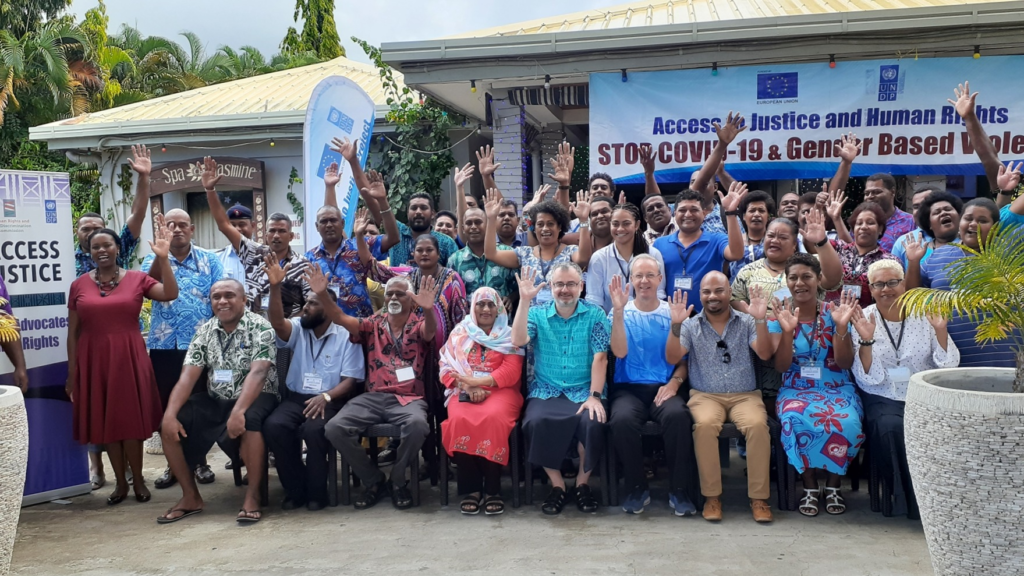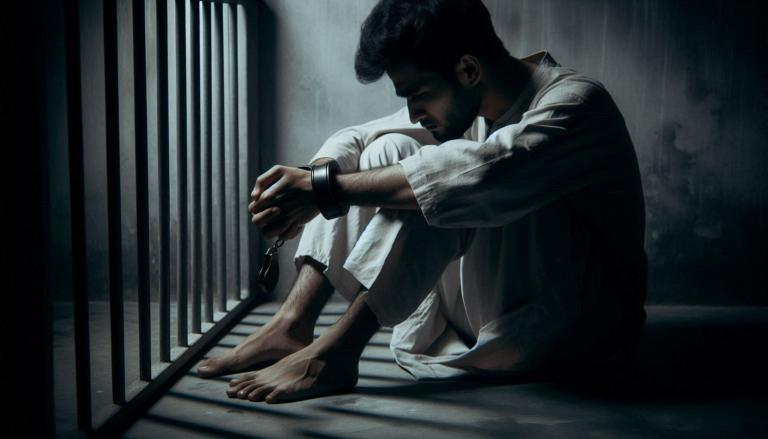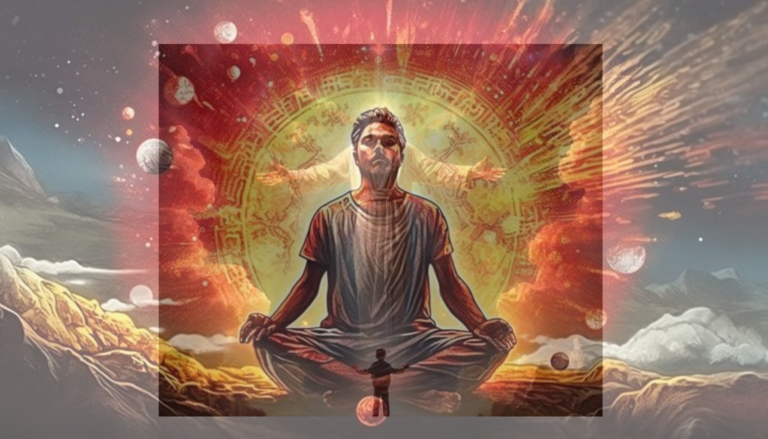
Abstract
This research investigates systemic challenges faced by women, children, minorities, and refugees within international and domestic legal frameworks. Despite the existence of protections like CEDAW, the Refugee Convention, and the UNCRC, enforcement gaps and socio-economic barriers perpetuate inequalities. This paper explores case studies, highlights intersectional vulnerabilities, and presents actionable recommendations for achieving equity and inclusivity in human rights protection.
1. Introduction
Human rights are universal principles enshrined in the Universal Declaration of Human Rights (UDHR), yet millions remain excluded from these protections due to systemic inequities, cultural prejudices, and inadequate enforcement. Vulnerable groups such as women, children, minorities, and refugees face compounded challenges. For instance, the International Labour Organization (ILO) reports that 160 million children globally are engaged in hazardous labour, while UNHCR highlights that over 35 million refugees live in displacement, many without access to healthcare or education.
This paper explores these challenges, evaluates legal frameworks, and provides policy recommendations, focusing on intersectionality and systemic reform.
2. Women’s Rights
2.1 Legal Frameworks
Women’s rights are safeguarded by the Convention on the Elimination of All Forms of Discrimination Against Women (CEDAW) and regional instruments like the Istanbul Convention. These frameworks address gender-based violence, economic disparities, and political participation. National efforts, such as India’s Domestic Violence Act (2005) and the UK’s Equal Pay Act (1970), aim to tackle gender-specific challenges.
The legal framework for protecting women’s rights is anchored in international instruments like the Convention on the Elimination of All Forms of Discrimination Against Women (CEDAW), which mandates state parties to eliminate discrimination in all its forms. Regional agreements, such as the Istanbul Convention, focus specifically on combating gender-based violence. These international frameworks are supported by national laws like India’s Domestic Violence Act (2005) and the UK’s Equal Pay Act (1970), which tackle localized issues such as domestic abuse and workplace disparities. However, despite the existence of these laws, enforcement remains a major challenge. Many countries lack the resources or political will to fully implement these protections, leaving women vulnerable to systemic inequality and violence.
2.2 Challenges
Despite progress, systemic issues persist:
- Economic Disparities: Women earn 23% less than men globally, with the burden of unpaid care work disproportionately falling on them (ILO, 2023).
- Gender-Based Violence: The World Health Organization (WHO) reports that one in three women experiences violence globally, a crisis exacerbated during the COVID-19 pandemic.
- Cultural Norms: Harmful practices like child marriage and female genital mutilation (FGM) violate women’s rights and health in regions like Sub-Saharan Africa and South Asia.
- Unequal Inheritance Laws: Many nations enforce discriminatory inheritance laws, leaving women with limited financial independence. Examples include parts of Sub-Saharan Africa and South Asia
2.3 Recommendations
- Enforce pay transparency laws and quotas for women in leadership roles.
- Establish fast-track courts for cases of gender-based violence and ensure survivor access to legal aid.
- Launch community-based programs to address patriarchal norms and promote gender equal Launch subsidized programs to provide internet access to women in underserved areas.

3. Children’s Rights
3.1 Legal Protections
The United Nations Convention on the Rights of the Child (UNCRC) guarantees children’s rights to survival, education, and protection. Optional Protocols focus on trafficking, child prostitution, and involvement in armed conflict. The United Nations Convention on the Rights of the Child (UNCRC) is the cornerstone of international legal protections for children, recognizing their inherent right to survival, development, and participation. Adopted by 196 countries, it lays out clear obligations for states to provide healthcare, education, and protection from harm. The UNCRC is complemented by optional protocols addressing child trafficking, prostitution, and recruitment into armed conflict. However, the application of these protections often depends on regional and national frameworks, which vary widely. For instance, countries like Sweden have banned all forms of corporal punishment, setting a global benchmark, while others still struggle with enforcing basic child labour laws.
3.2 Challenges
- Child Labor: Over 160 million children are engaged in hazardous work, often in agriculture and mining (ILO, 2021).
- Education Inequities: Conflict zones disproportionately affect access to education, with 244 million children out of school globally (UNESCO, 2023).
- Exploitation: Approximately 1.2 million children are trafficked annually for labour or sexual exploitation (UNICEF, 2023)
- Impact of Climate Change: Rising sea levels and natural disasters displace millions of children annually, with limited access to humanitarian aid.
3.3 Policy Suggestions
- Increase funding for free, inclusive education targeting marginalized children.
- Strengthen anti-trafficking laws through international cooperation.
- Establish rehabilitation centres for trafficked children, offering mental health and vocational support.
- Incorporate disaster preparedness into school curricula for children in vulnerable regions
4. Rights of Minorities
4.1 Global Perspective
The International Covenant on Civil and Political Rights (ICCPR) and the UN Declaration on the Rights of Indigenous Peoples (UNDRIP) emphasize minority rights to cultural preservation and self-determination. The global recognition of minority rights stems from foundational documents like the International Covenant on Civil and Political Rights (ICCPR) and the UN Declaration on the Rights of Indigenous Peoples (UNDRIP). These frameworks emphasize the importance of cultural preservation, self-determination, and the prevention of discrimination. The ICCPR legally binds state parties to protect ethnic, linguistic, and religious minorities, while UNDRIP provides a comprehensive roadmap for indigenous rights, focusing on land ownership, resource control, and cultural heritage. Despite these advancements, implementation varies significantly. Countries with a history of colonization or systemic inequality often fail to prioritize minority protections, resulting in disparities in governance, access to resources, and socio-economic opportunities
4.2 Violations
- Cultural Suppression: Uyghur Muslims in China face forced assimilation through restrictions on language, religion, and culture.
- Economic Disparities: Indigenous communities in Latin America report poverty rates three times higher than national averages.
- Hate Crimes: Amnesty International reports a rise in hate crimes targeting ethnic and religious minorities globally.
- Hate Speech Proliferation: Social media platforms fail to adequately monitor hate speech against minorities, worsening social divisions.
4.3 Policy Directions
- Introduce quotas in governance, education, and employment to ensure representation.
- Protect endangered languages and traditions through dedicated funding and legal frameworks.
- Enhance global accountability using mechanisms like the Universal Periodic Review (UPR)
- Collaborate with indigenous leaders to create sustainable development policies.
- Establish international funds to preserve endangered languages and cultural heritage
- Enforce stricter penalties for hate crimes while improving mechanisms to track and report incidents.

5. Refugee Rights
5.1 International Norms
The 1951 Refugee Convention and its 1967 Protocol guarantee refugees’ rights to non- refoulement, education, and employment. Regional efforts, such as the Kampala Convention in Africa, address displacement challenges. The international framework for refugee rights is primarily governed by the 1951 Refugee Convention and its 1967 Protocol, which enshrine the principle of non-refoulement, ensuring refugees are not returned to countries where they face persecution. These conventions also guarantee refugees access to education, employment, and freedom of movement. Regional agreements, such as the Kampala Convention in Africa, address displacement challenges unique to specific areas, including internal displacement caused by conflict or environmental disasters. While these frameworks have been instrumental in shaping global refugee policy, they face significant limitations in addressing protracted crises.
5.2 Challenges
- Xenophobia and Discrimination: Refugees face hostility in host nations, limiting their access to housing and jobs.
- Prolonged Displacement: Over 70% of refugees live in camps for decades without durable solutions.
- Statelessness: Children born in refugee camps often lack birth registration, leaving them without legal identity.
- Barriers to Family Reunification: Refugees in Western countries often face delays of years before reuniting with family members, exacerbating mental health issues
- Healthcare Deficits: Refugee camps report outbreaks of diseases such as cholera, with limited access to vaccines and treatments.
5.3 Actionable Steps
- Foster regional cooperation for equitable burden-sharing.
- Provide refugees with vocational training and pathways to residency.
- Expand educational opportunities within refugee settlements.
- Provide language training and job matching programs to expedite refugees’ contributions to host economies.
6. Intersectionality of Vulnerabilities
- Intersectionality reveals how overlapping identities exacerbate vulnerabilities. For example:
- Refugee Women: At higher risk of gender-based violence in camps.
- Minority Children: Experience compounded barriers to education and healthcare.
- Addressing these intersections requires tailored programs, such as safe housing initiatives for women and inclusive education policies for minority children.
- Nations are yet to officially recognize “climate refugees,” leaving millions without legal status.
- NHCR reports that 30% of maternal deaths in camps result from preventable conditions due to a lack of prenatal care.
7. Studies
7.1 Rohingya Refugees
Denied citizenship under Myanmar’s 1982 laws, the Rohingya face systemic persecution, statelessness, and displacement. Women and girls are at increased risk of trafficking and sexual violence in overcrowded camps.
7.2 Dalit Women in India
Dalit women endure dual discrimination due to caste and gender. Despite constitutional protections, they face socio-economic exclusion and violence, particularly in rural areas.
7.3 Uyghur Muslims in China
The detention of Uyghurs in “re-education” camps and forced labor programs illustrates systemic cultural erasure. Global advocacy efforts call for sanctions and independent investigations into these practices.
7.4 Tribal Land Displacement in Chhattisgarh
In Chhattisgarh, tribal communities face large-scale displacement due to mining and industrial projects. Companies acquire land under the guise of development, often violating the Scheduled Tribes and Other Traditional Forest Dwellers (Recognition of Forest Rights) Act, 2006. Displaced tribal populations lose their livelihoods and cultural identity. Protests by indigenous groups highlight the lack of consultation and fair compensation in these projects.
7.5 Bonded Labor in Tamil Nadu
Despite the Bonded Labour System (Abolition) Act, 1976, bonded labor continues in industries like brick kilns, textile mills, and agriculture, particularly in Tamil Nadu. A 2022 investigation revealed cases where entire families, including children, were trapped in debt bondage. NGOs like the International Justice Mission (IJM) work to rescue and rehabilitate victims, but systemic enforcement gaps persist

7.6 Manual Scavengers’ Plight
Manual scavenging, despite being outlawed under the Prohibition of Employment as Manual Scavengers and Their Rehabilitation Act, 2013, continues to affect Dalit communities. A 2023 report by the National Commission for Safai Karamcharis found over 50,000 manual scavengers still employed in hazardous conditions. Most lack access to rehabilitation programs, education, or alternative livelihoods.
7.7 Child Marriage in Rajasthan
Rajasthan continues to have one of the highest rates of child marriage in India, despite the Prohibition of Child Marriage Act, 2006. Economic hardships and cultural traditions perpetuate the practice, especially in rural areas. Awareness campaigns by NGOs like Bachpan Bachao Andolan have reduced instances in some districts, but enforcement of legal protections remains weak.
7.8 LGBTQ+ Rights and Section 377
While the decriminalization of homosexuality in 2018 under Section 377 of the IPC marked a milestone, LGBTQ+ individuals in India continue to face societal discrimination. Reports from Delhi and Mumbai highlight cases of workplace exclusion and denial of healthcare for transgender individuals. Advocacy by organizations like the Humsafar Trust has led to increased awareness, but systemic change is slow.
7.9 Yazidi Women and ISIS
The Yazidi community in Iraq has faced targeted persecution by ISIS, particularly between 2014 and 2017. Thousands of Yazidi women were abducted, sold into sexual slavery, and subjected to unimaginable abuse. Survivors often experience stigma and exclusion upon returning to their communities. Advocacy by survivors like Nadia Murad, a Nobel Peace Prize laureate, has brought global attention to these atrocities. Despite international condemnation, reparations and justice remain limited
7.10 Venezuelan Refugee Crisis
Since 2015, Venezuela has experienced one of the largest displacement crises, with over 7 million refugees and migrants fleeing economic collapse, political instability, and violence. Host countries like Colombia and Brazil have struggled to accommodate the influx. Venezuelan refugees often face exploitation in informal labor markets and barriers to accessing healthcare. Organizations like the International Organization for Migration (IOM) have initiated programs to assist integration and livelihood opportunities.
7.11 Refugees from Ukraine
Since the Russian invasion in February 2022, over 8 million Ukrainians have fled to neighbouring countries like Poland, Romania, and Germany. While European nations initially welcomed refugees, long-term integration remains a challenge. Women and children, making up the majority of Ukrainian refugees, often face housing insecurity and difficulties accessing education. Efforts by the EU Temporary Protection Directive have provided some stability but lack uniform implementation across member state
8. Conclusion
Ensuring the rights of vulnerable groups requires comprehensive legal frameworks, effective enforcement, and multilateral cooperation. By addressing systemic inequities and fostering inclusivity, societies can uphold the principles of equality and dignity enshrined in the UDHR.
9. References
- Convention on the Elimination of All Forms of Discrimination Against Women, Dec. 18, 1979, 1249 U.N.T.S. 13.
- United Nations Convention on the Rights of the Child, Nov. 20, 1989, 1577 U.N.T.S. 3.
- International Labour Organization, “Global Estimates on Child Labour 2021,” available at https://www.ilo.org.
- United Nations High Commissioner for Refugees, “Global Trends: Forced Displacement in 2023,” available at https://www.unhcr.org.
- UNESCO, “Out of School Children,” available at https://www.unesco.org.
- Amnesty International, “Hate Crimes Against Minorities: 2023 Report,” available at https://www.amnesty.org.
- Sustainable Development Goals, Goal 8: Promote Sustained, Inclusive, and Sustainable Economic Growth, available at https://sdgs.un.org.



